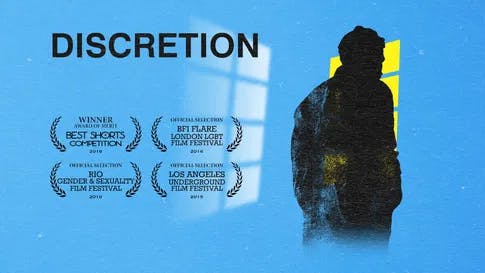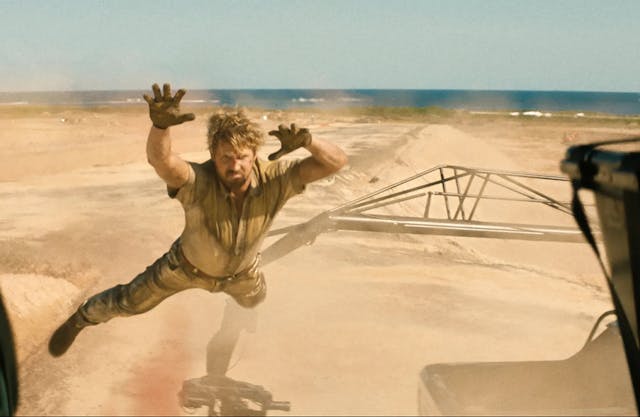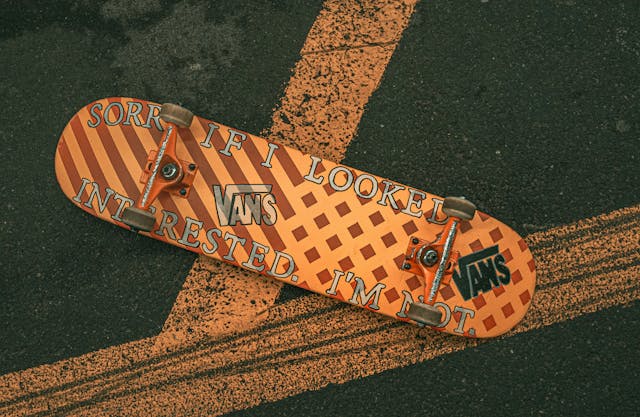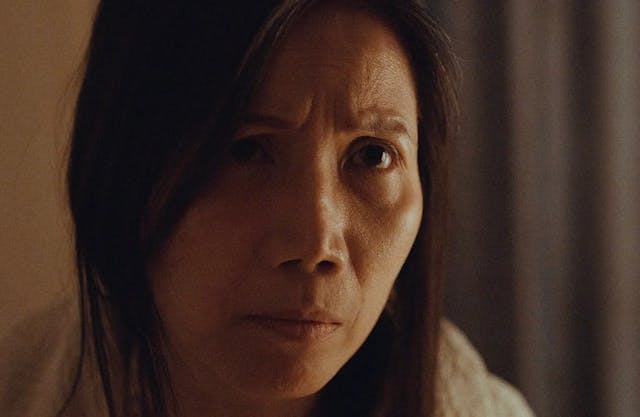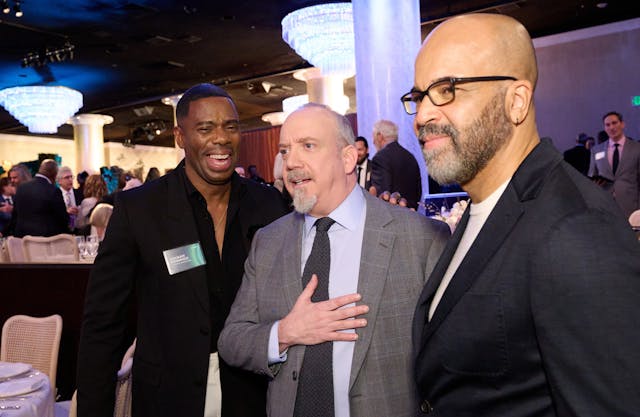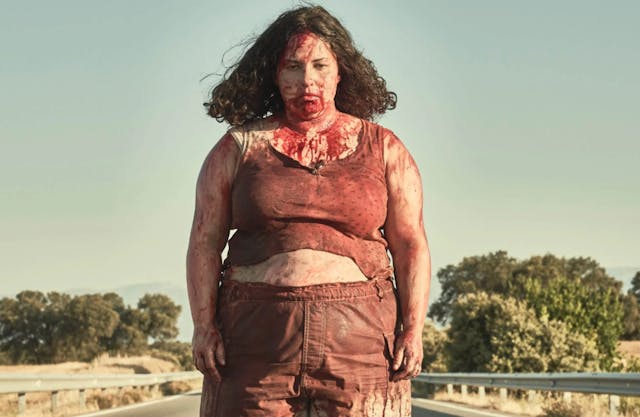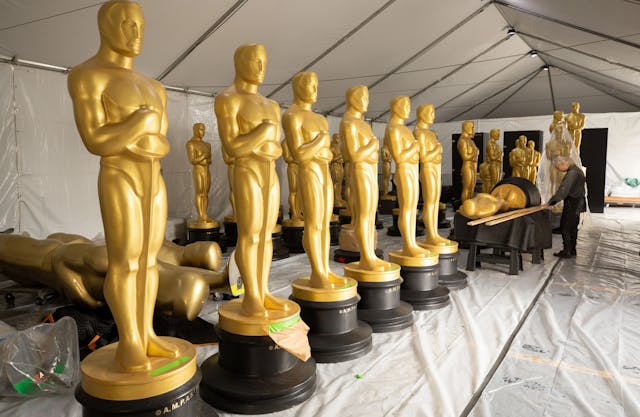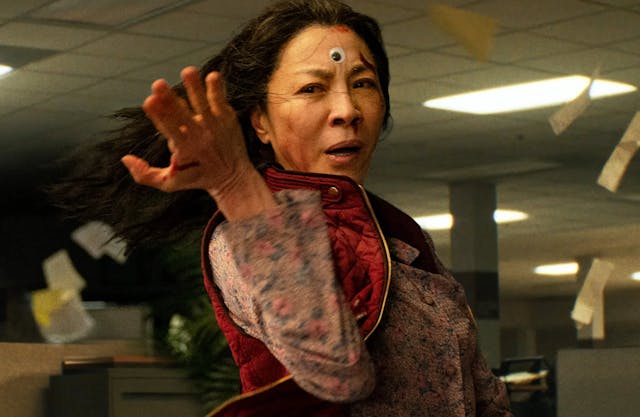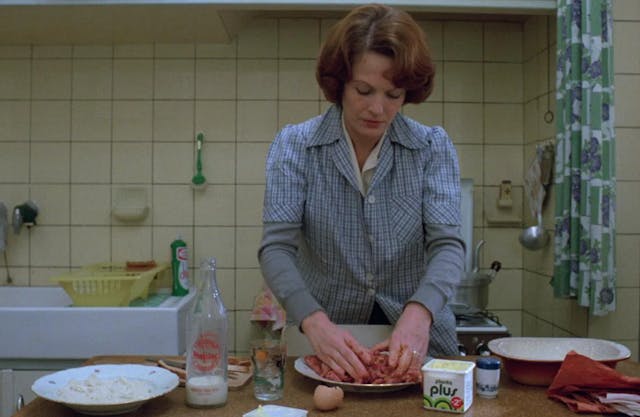Diversity and Inclusion in Independent Film Production

Forget political correctness and virtue signaling. Diversity and inclusion are moral and practical imperatives. After all, the status quo is far from the natural order of things but an artificial construct defined by racism, colonialism, and many other societal ills. It will take a lot of time to achieve equality, if at all. After all, we are working to deconstruct and rebuild a system created over centuries. How can your modest indie movie project do something about it? It’s daunting! Well, we need to start somewhere! Sometime! Now. On some level, I think it’s an emerging process, like the endless pursuit of happiness. You can’t achieve it, but can engage in an ongoing, infinite action.
As an artist engaging in independent film production, you can do much, especially if you are in a position of power that allows you to hire talent in front and behind the camera, even in independent filmmaking. Producers and directors can pick and choose their collaborators; chances are they don’t have the constraints of somebody entrenched in the studio system. If that is the case, the first hurdle you will encounter is your own biases.
Check Your Privilege
Don’t get defensive. Most people have had some privilege working in their favor. It is pointless to protest. Remember that those advantages do not automatically invalidate all the effort and hard work you put in to get where you are. Still, you can’t compensate for the benefits they have provided. Most of them lie beyond your control - except if your dad works in the warfare-industrial complex. Turn that trust fund down! But I digress. If you are white, chances are you did not face the same hurdles of Black, Latino, and Asian-American talents. Maybe you belong to one of those groups but had access to higher education and now flaunt a Film degree. That is a privilege, too. The more advantages you have, the bigger your responsibility.
Expand Your Cultural Horizons
Diversity and inclusion are more than a checklist of requisites you must comply with. It’s not about hiring a token representative from every disenfranchised group. You can also fall into the trap of assuming you are hiring “the best person for the job,” which certainly gives a leg up to those who, by privilege of race, class, or education, have made leeways into the industry or have been able to amass a consistent body or work. Your references coalescence with the mainstream because you only consume mainstream media.
Even in mainstream media, you can find diverse talent doing quality work. Do you like Darren Aronofsky’s movies? Well, his go-to cinematographer is Filipino-American Matthew Libatique. He was Oscar-nominated for “Black Swan” (2010) and Bradley Cooper’s “A Star is Born” (2018). Historically, women found a niche in Hollywood in the editing department. Martin Scorsese’s movies would not be the same without the ruthless cutting of Thelma Schoonmaker. One of the most successful horror screenwriters of the moment is African American Akeela Cooper. Her credits include “Malignant” (2021), “M3GAN” (2022), and “The Nun II” (2023), which opened up at the top of the box office. How is that for a winning stretch? Asian-American director Jon M. Chu made the hit “Crazy Rich Asians” (2018). He proficiently directed the Latino-themed "In The Heights" (2021) and is now in post-production of the eagerly awaited film adaptation of the musical “Wicked.”
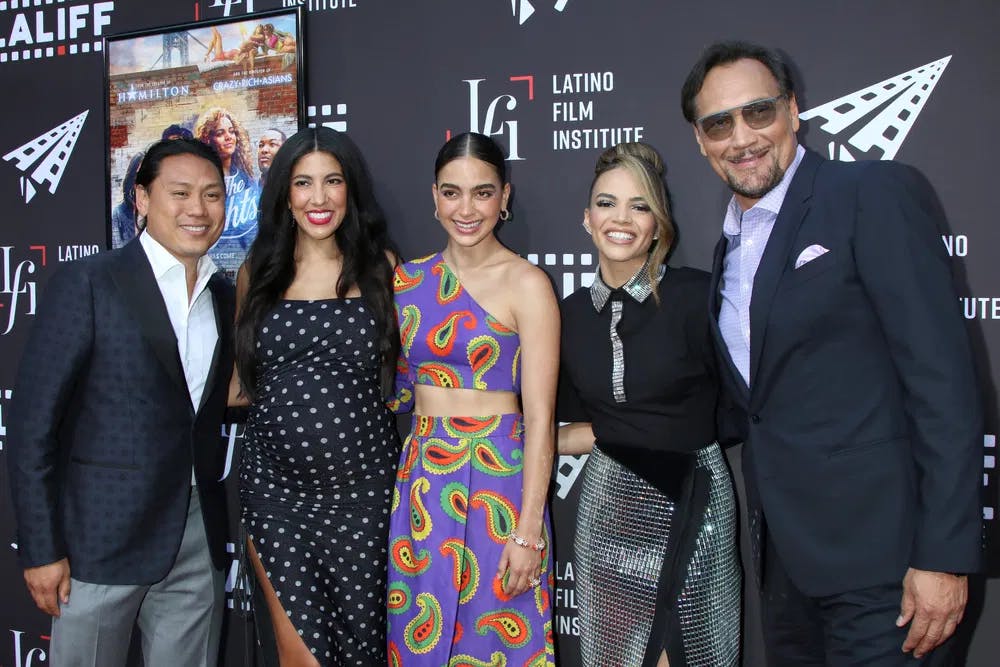
United Colors of "In The Heights": Asian-American director Jon M. Chu and his Latino cast: Stephanie Beatriz, Melissa Barrera, Leslie Grace, and Jimmy Smits at the premiere. / Photo courtesy of Dreamstime.
Those talents rose among the industry's constraints and managed to shine. Then again, those examples are A-list talent. Think of them as illustrative examples. The independent filmmaking industry has its share of diverse up-and-coming stars. Look out for them.
But don’t stop there. Push yourself out of your comfort zone. Watch movies directed by women, Black, Latino, and Asian American talents. Watch foreign cinema. Expand your references. Do this socially, too. Human beings tend to stick to their kind, those with similar social status or ethnicity. In a way, modern life is designed to keep us within our tribes. Make a conscious effort to create bonds with people different than you. Your quality of life and your art can only improve.
Inform Yourself
Expanding your cultural and social horizons is nice, but to be truthful, it’s a lifetime process. And you need to hire talent now! Many professional associations, institutions, and NGOs have outreach programs designed to promote diversity in the industry. Check out the hubs of film production: Los Angeles, Atlanta, and New York. Universities with film production programs can be a good source of up-and-coming diverse talent.
For example, the Academy of Motion Picture Arts and Sciences established the Gold Rising Initiative that promotes networking events and funds an internship program that allows students and recent grads to enter the industry and lock on a career track. Furthermore, they established Representation and Inclusion Standards that you can apply to your project. Even if you are not shooting for a Best Picture nomination, it can't hurt you to follow them.
Contact local agencies promoting film production if you work in a regional market far from the professional hubs.
Keep The Savior Complex in Check
There is a profound debate about the many shades of appropriation. Can a cis actor play a trans character? Can a white person tell an Asian-American story? Is freedom of expression and artistic creation being impinged upon? Or does it perpetuate power structures?
In 2020, Jeanine Cummins seemed to be living every writer’s dream. Her novel, “American Dirt,” debuted at the top of the New York Times Best Seller’s list after a bidding war between publishers. Oprah chose it for her book club. And then, the backlash began. Latino critics and academics decried its portrayal of Mexican characters and the immigrant experience. Was Cummins, a white American Woman, entitled to tell a Mexican story? Her meek justification that she had Mexican ancestors did not help her case.
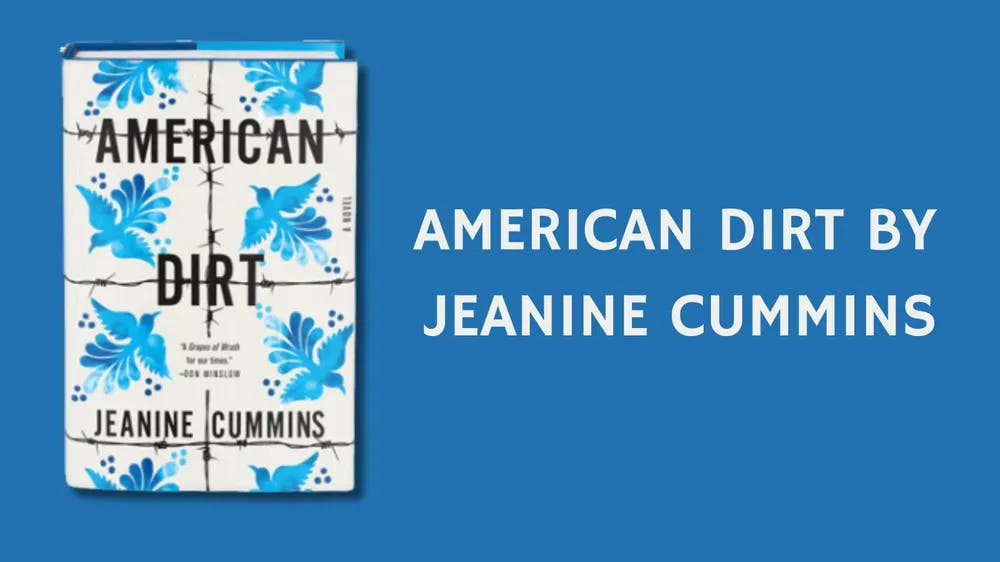
I don’t think creativity should be limited or policed, but we must check how our creative choices play in the historical continuum. I’m sure Cummins was convinced by giving visibility to the plight of Mexican immigrants running away from cartel violence. Reportedly, Mexican writers like Guillermo Arriaga shrugged their shoulders and did not seem to mind. “American Dirt” turned into a cautionary tale in the United States.
Charles Leavitt, screenwriter of “Blood Diamond” (Ed Zwick, 2006), optioned the film rights of “American Dirt.” There are no further news about the project. If you want to tell stories that transcend your partial culture, it is imperative that your creative team with people who have first-hand knowledge of the culture and even the social circumstances of your character. If Levitt ever goes forward with the “American Dirt” adaptation, he could compensate by engaging some Mexican talent in the creative process.
Beware Of The Minefield of Racial Politics
Granted, this is difficult terrain to navigate. Think of “Nina” (Cynthia Mort, 2016), an indie movie based on the life of legendary singer Nina Simone. The film had all the trappings of a prestige project, but the filmmakers chose Latina actress Zoe Saldaña for the lead role. From a business standpoint, it seems like a sound choice. Saldaña is a veteran of the box-office hit franchise “Avatar,” and a good actress. And yet, her skin is on the lighter side of the spectrum, and Simone is a dark, black woman who suffered racism so deeply she ended up migrating to France. In a catastrophic choice, the filmmakers darkened Saldana’s complexion with makeup, unfortunately bringing to mind the old Hollywood practice of blackface.
Colorism is real and another factor you need to keep in mind when you cast an actor. The color of the skin trumps ethnicity and culture. Take the case of the actress Anya-Taylor Joy. The blond, white actress grew up in Argentina, speaks fluent Spanish, and identifies as Latina - earlier this year, Variety made a hilarious faux-pax labeling her a "woman of color" -. It's funny when you think she convincingly played the doomed pilgrim Thomasin in the colonial horror movie "The Witch" (Robert Eggers, 1995). She could've just stepped off the Mayflower. Lupita Nyong'o, one of our time's most brilliant black actresses, identifies as Kenyan-Mexican and speaks fluent Spanish. She is African-American and Latina.
Parting Words
I mention these examples to illustrate how complicated it can be to keep an eye on the ball when dealing with diversity. That is why, if you are an artist holding the reigns of a creative project, it is imperative that you surround yourself with a diverse team that can provide you with a real-time, live reality check. It’s not enough to give people jobs. You have actually to listen to them.
Watch “Discretion”
Derek's perfect life as a family man and professor is compromised when he falls for Trysten, a handsome new student.
Stream NowWant to get an email when we publish new content?
Subscribe today